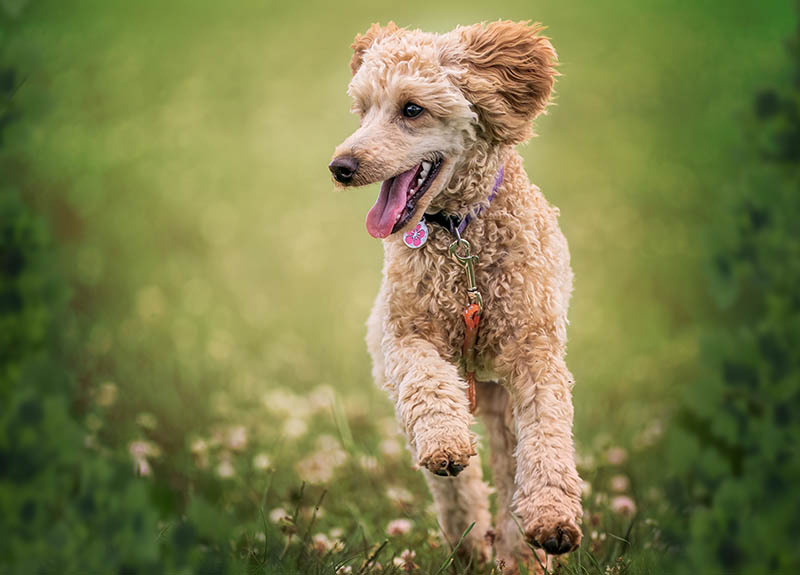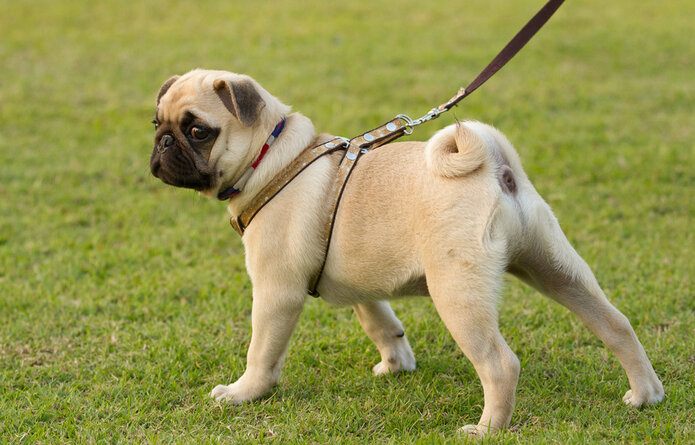Why Does My Dog Bark at His Bone? 4 Reasons & How to Stop It
Updated on
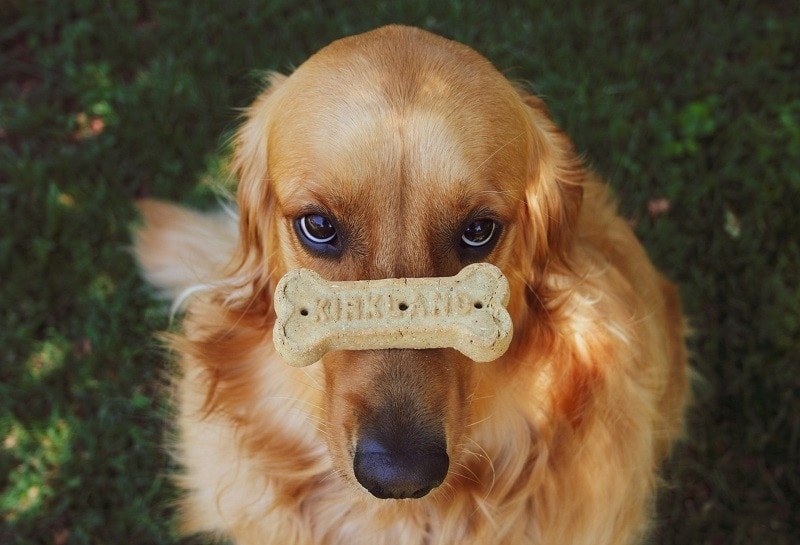
Click Below to Skip Ahead
Dogs are lovable and funny creatures that sometimes do the most inexplicable things: tail chasing, running around frantically after a poop, and occasionally barking at the most random objects.
Many of these quirks are normal behaviors that some (but not all) dogs will engage in from time to time. But what about barking at bones specifically?
Here, we discuss four common reasons that dogs might bark at their bones and a few tips on how to stop it.
The Top 4 Reasons Why Dogs Bark at Their Bones
1. Instinct
A dog’s instincts in the wild while hunting involves barking and growling at their prey to subdue it. Since bones are essentially a kind of prey for a domesticated dog, your dog may have those wild instincts kicking in, causing them to bark at their “prey.”
Since bones are from animals, dogs can smell them with those amazing noses of theirs, which is when those instincts might start to take over.
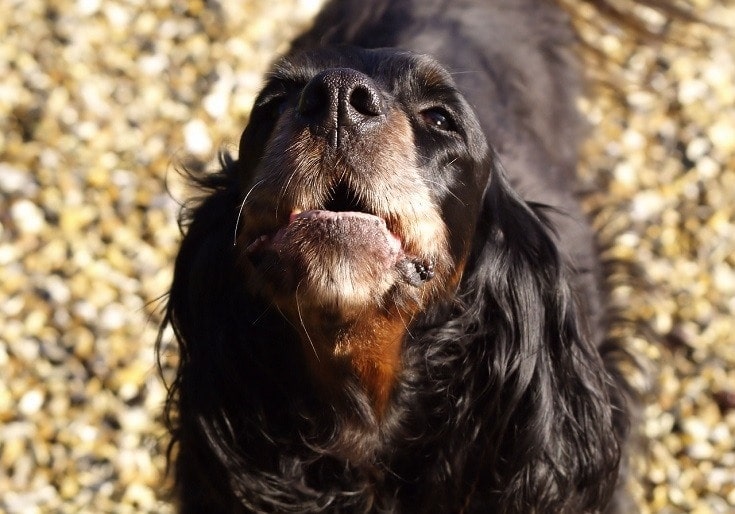
2. Excitement
Sometimes, dogs bark because they become overexcited. When you have a dog that’s a little wound up, and then you introduce a new and exciting object, like a new bone, a dog might just react by barking at it.
They might need a walk or another way to get that hyper energy brought down to acceptable levels.
3. Playfulness
A dog barking at a bone might just be a form of play. Dogs sometimes also bark at their food. It’s a form of playing with their food and, in a way, of also protecting it.
If your dog chews the bone and then starts to growl or bark at it, it generally means your dog is happy and is just enjoying the bone.
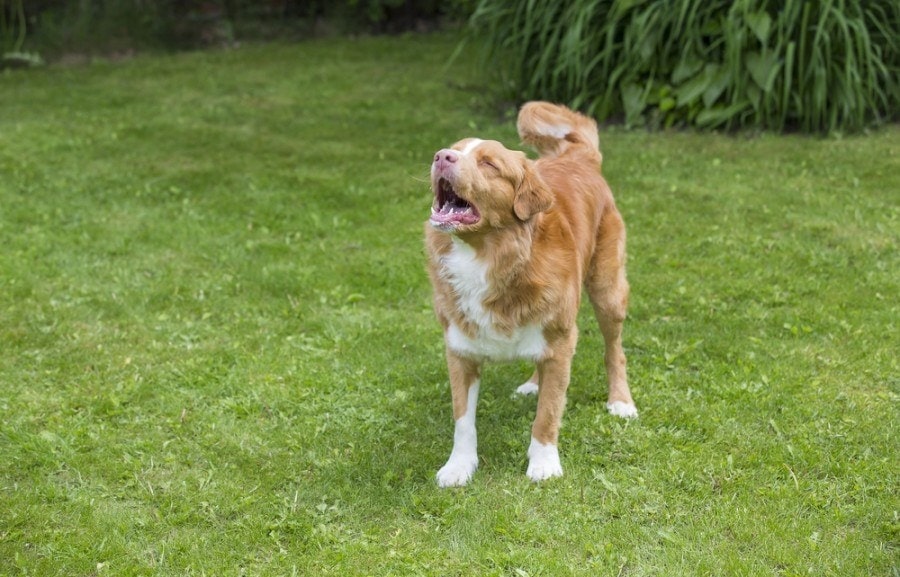
4. Curiosity
This is more common when it’s a brand-new bone that your dog hasn’t seen before. If this is the first bone that your dog has ever seen or perhaps it’s a different kind of bone, your pup might be a little wary or confused.
The barking might be the dog sending the bone a warning, but they might also be expressing curiosity.
Reasons That Dogs Bark
There are several reasons that dogs bark, including:
- Being protective and territorial
- Being lonely and bored
- Looking for attention
- Sounding an alarm or out of fear
- When playing or as a greeting
- Compulsively barking
- Having separation anxiety
Barking at a bone could be the result of a few of these reasons, so you need to watch your dog’s body language while they’re barking at a toy or bone.
How to Stop Your Dog from Barking at Their Bone
For the most part, if your dog enjoys barking at their bone, it’s nothing to worry about because it’s normal behavior. But if it’s become a nuisance, you can do a few things to reduce or stop the barking.
The first thing that you should do is observe your dog while they’re barking. Do they seem generally happy, and is the barking playful in nature? Or do they appear nervous or overexcited? You need to address what might be the underlying cause.
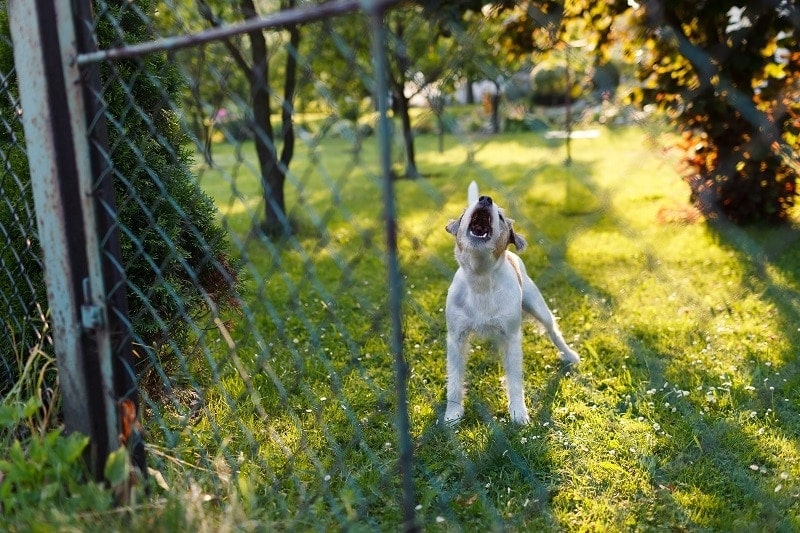
If you suspect that your dog is afraid of the bone, remove it, but bring it out again occasionally, and hold it and play with it for a while. If you don’t force the bone on your pup, they might eventually start to see that it’s nothing to be afraid of, and hopefully, the barking will stop.
If your dog is barking because they’re treating the bone like a “kill,” but they eventually stop barking and start a nice, long chewing session, your best bet is to just leave your dog alone and don’t worry about the barking.
Indications that this is instinctive or playful barking can be if your dog also tends to throw the bone around. If they are a puppy, barking at everything is how they learn about the world around them.
Teaching the Quiet Cue
In some cases, you might need to train your dog to stop barking with a quiet cue.
- You start this training when your dog is in the middle of barking.
- You’ll need your dog’s favorite treats for this. You start by saying “Quiet” (or another word of your choice) with an upbeat, happy tone.
- When your dog looks at you after you’ve said, “Quiet,” immediately give your dog a treat and plenty of praise. You’re reinforcing their silence.
- If your dog doesn’t look at you, place a treat in your hand, close your fist, and put your hand in front of your dog’s nose. Your dog will probably stop barking once they smell the treat, so you immediately say, “Quiet,” and open your hand and give them the treat with plenty of praise.
- If your dog stays quiet, give them another treat. But if they start barking again, follow the same procedure from Step 4 (another “Quiet,” followed by a treat).
- You want your dog to associate having a closed mouth and receiving a treat. Remember to reward with a second and third treat close together, or your dog will just get bored and go back to barking.
- Eventually, your dog will start to respond more rapidly when they hear the “Quiet” cue, so you’ll want to start making your dog wait a little longer for the treat.
- After you say “Quiet,” only give the treat if your dog keeps their mouth closed for 3 seconds. You can start to stretch the time up to 5 seconds after more practice.
- Once your dog has gotten better at reacting to your “Quiet” cue and is able to stay quiet for some time afterward, you can slowly phase out the treats. Just be sure to continue to praise and pet your dog or even give them a special toy when they continue to not bark at your verbal cue.
Remember that this process will take plenty of time and patience. Remain upbeat, as you don’t want your dog to feel nervous or scared throughout this process.
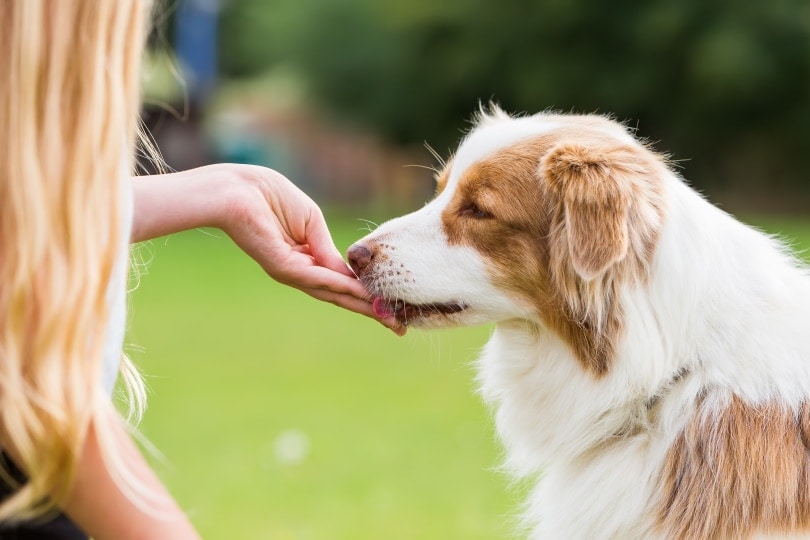
Conclusion
If your dog is having a grand time barking and chewing on a bone, don’t worry, as this is typical of our wacky dogs. But if it seems to be a resource-guarding issue, with your dog growling and snapping at anyone near the bone, speak to your vet.
If the barking bothers you and training isn’t helping, just remove the bone from their presence. The simplest action will likely solve the problem.
See Also:
Featured Image Credit: ClaireDiaz, Pixabay



